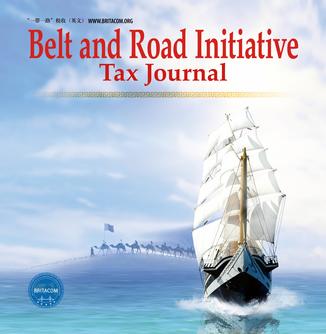WELLINGTON, Aug. 30 (Xinhua) -- The New Zealand government is investing 270 million NZ dollars (196 million U.S. dollars) to roll out Ultra-Fast Broadband (UFB) to 190 more small towns and extend rural broadband to another 74,000 households and businesses, communications minister Simon Bridges said on Wednesday.
Once complete, New Zealand will be in the top five countries in the Organization for Economic Cooperation and Development (OECD) for access to high speed broadband, which will be "a fantastic achievement" considering that in 2011 the country was placed 26th with very little connectivity, Bridges said in a statement.
"By 2022, 87 percent of New Zealanders will have access to UFB and 99 percent will have access to high speed internet," Bridges said, adding that it helps support regional growth and develop a productive and competitive economy.
"We started UFB in 2010 with the original goal of connecting 34 towns to world-class fiber-to-the-premises. Earlier this year we expanded it to 200 more towns and today's announcement will bring us to 390," Bridges said.
Because UFB is not feasible for every rural community, the Rural Broadband Initiative (RBI) provides faster internet to homes and businesses outside UFB areas through a combination of fixed lines upgrades and new fixed wireless coverage, he said.
Over 300,000 rural homes and businesses already have had access to improved broadband under the first phase of RBI which was completed in June 2016, the minister said.
New Zealand's biggest sectors that operate in rural areas, such as agriculture and tourism, can benefit from the productivity improvements that better connectivity offers, Bridges said, adding that the Mobile Black Spot Fund will improve public safety and visitor experiences by providing greater mobile coverage on stretches of highways and in tourism locations where no coverage currently exists. Enditem




 A single purchase
A single purchase







